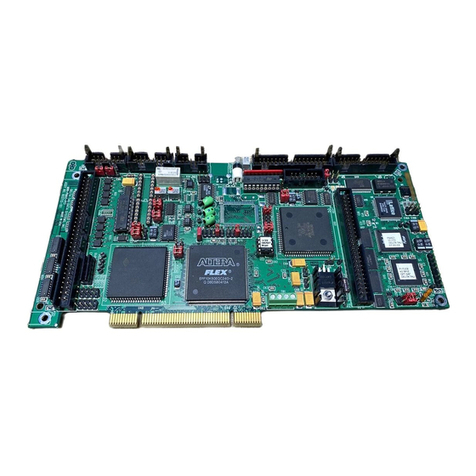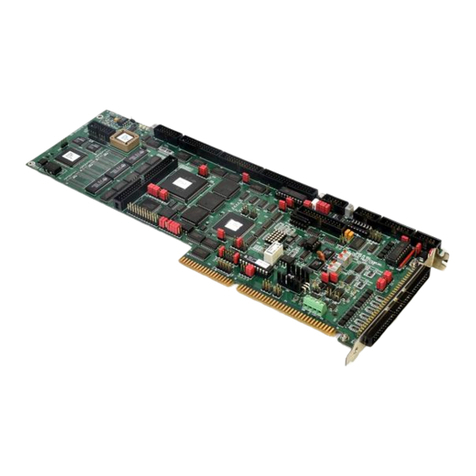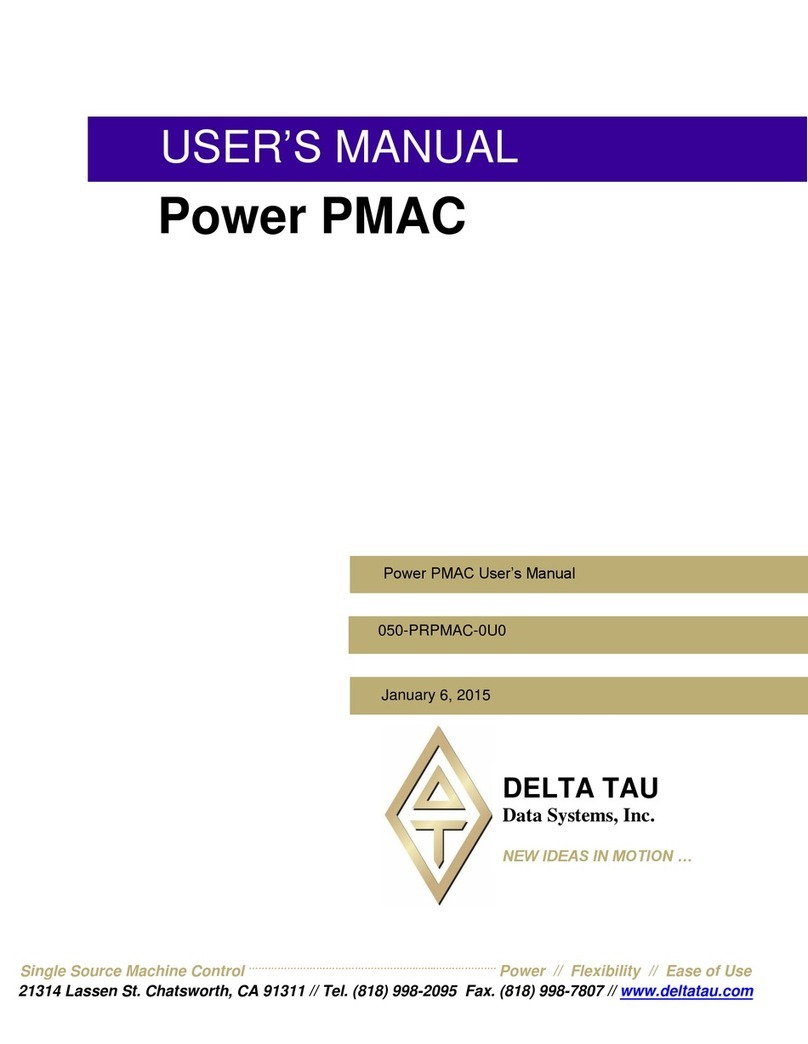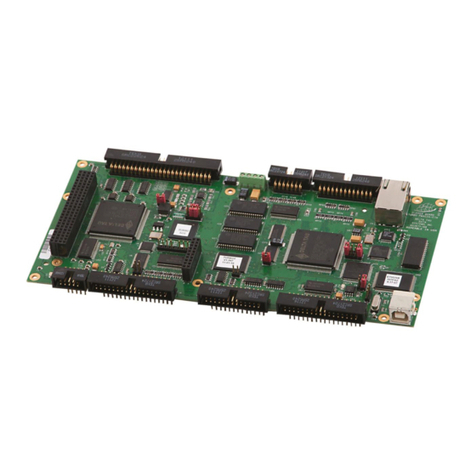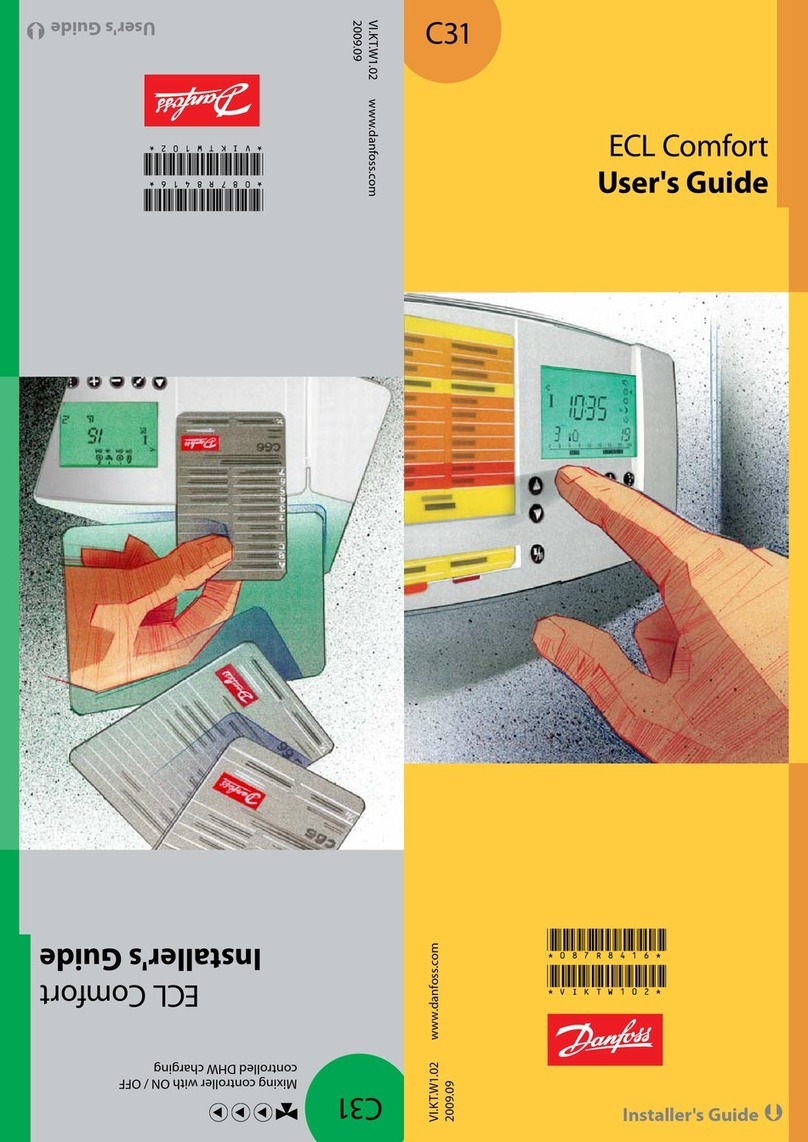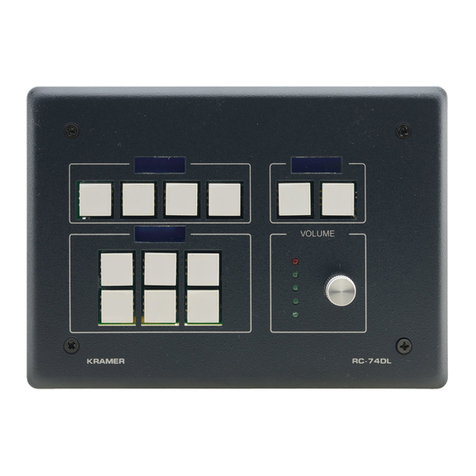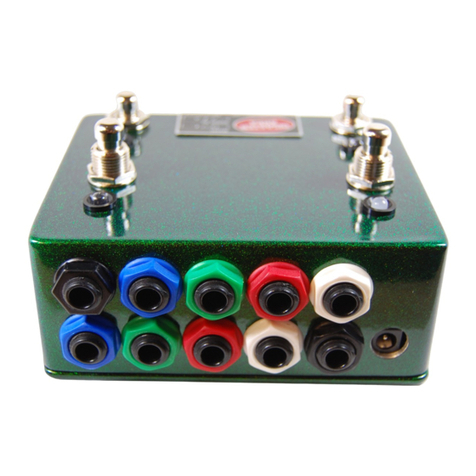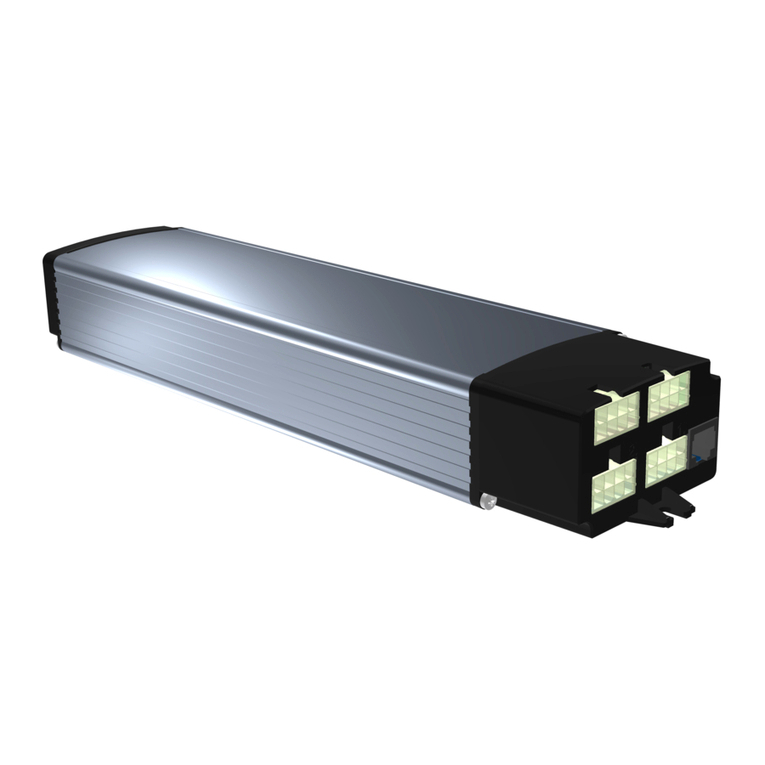Delta Tau ACC-11E User manual




















Table of contents
Other Delta Tau Controllers manuals
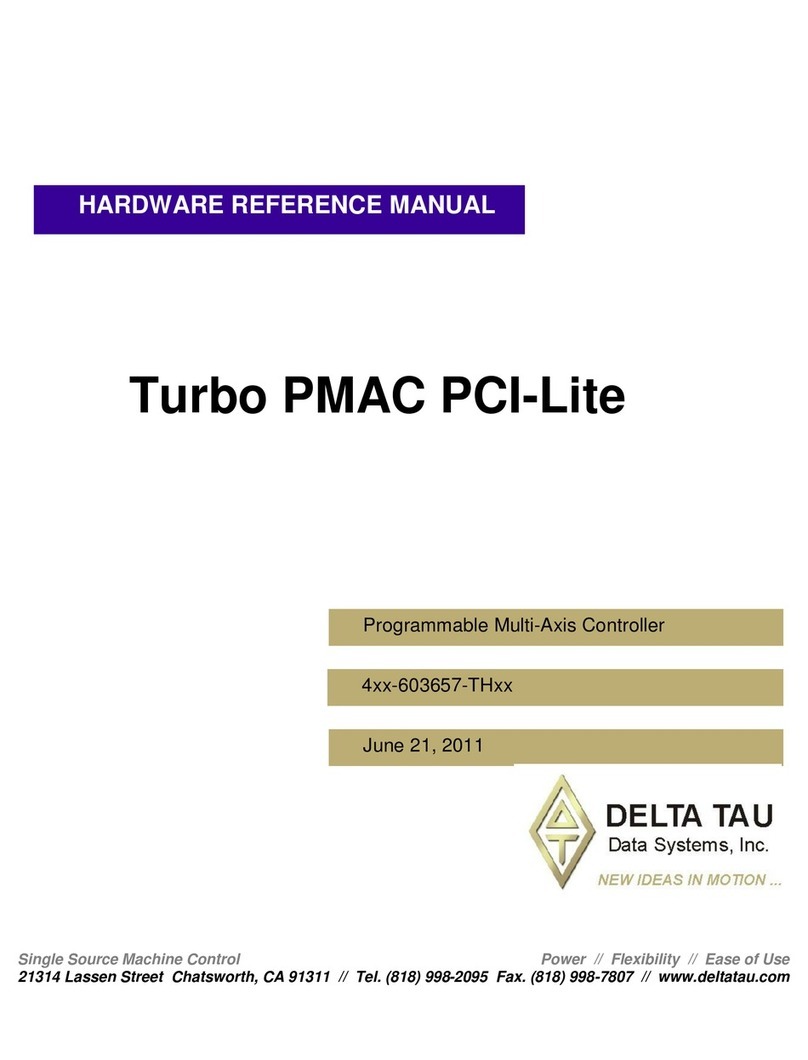
Delta Tau
Delta Tau Turbo PMAC PCI-Lite Quick user guide
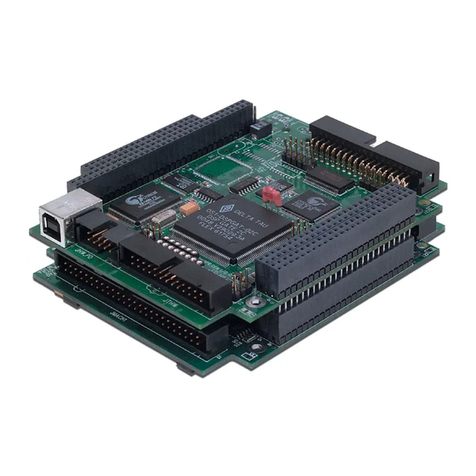
Delta Tau
Delta Tau PMAC2A-PC/104 Quick user guide

Delta Tau
Delta Tau 5XX-603869-XUXX User manual

Delta Tau
Delta Tau PMAC User manual
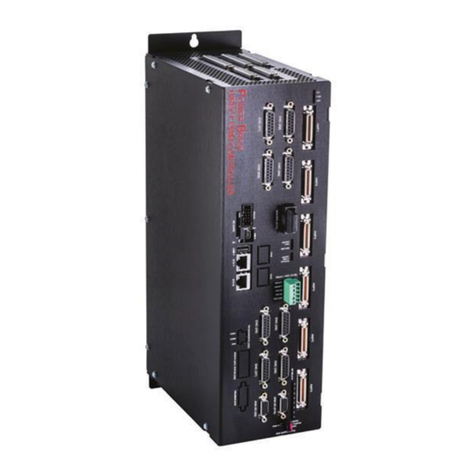
Delta Tau
Delta Tau PBC Series Operating and maintenance manual

Delta Tau
Delta Tau PMAC2-PC Quick user guide

Delta Tau
Delta Tau PMAC2-PC Quick user guide
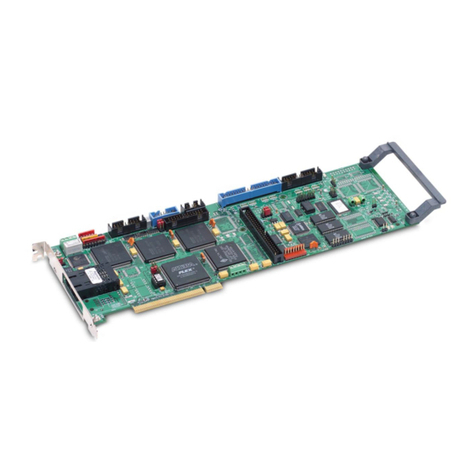
Delta Tau
Delta Tau Turbo PMAC2 PCI Ultralite Quick user guide
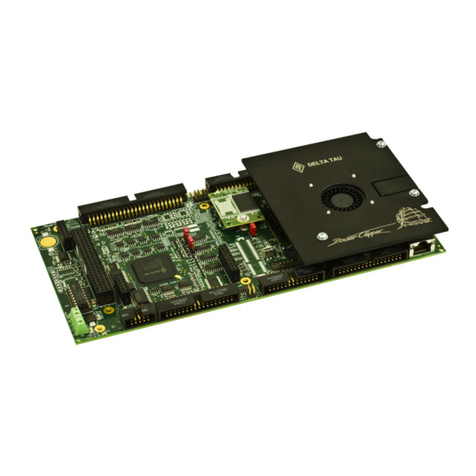
Delta Tau
Delta Tau Power PMAC Clipper User manual

Delta Tau
Delta Tau Universal PMAC Lite Quick user guide
Popular Controllers manuals by other brands

PS Automation
PS Automation PSQ-AMS Series operating instructions
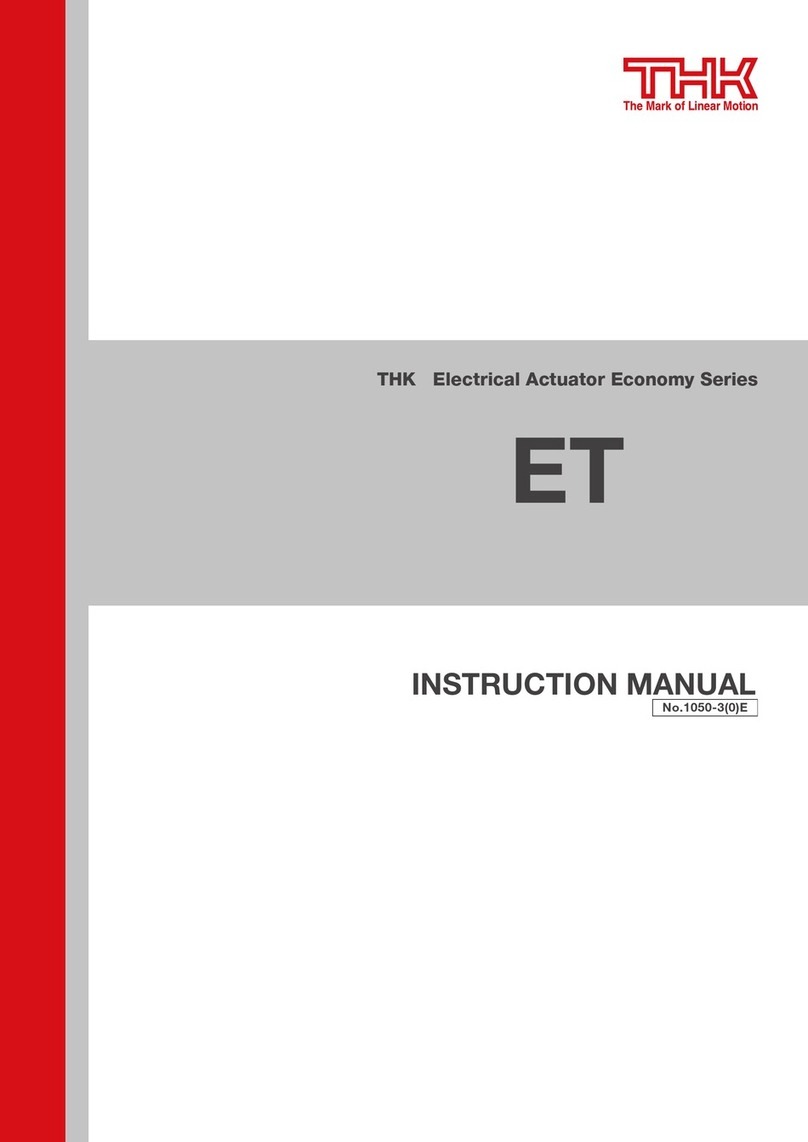
THK
THK ET Series instruction manual
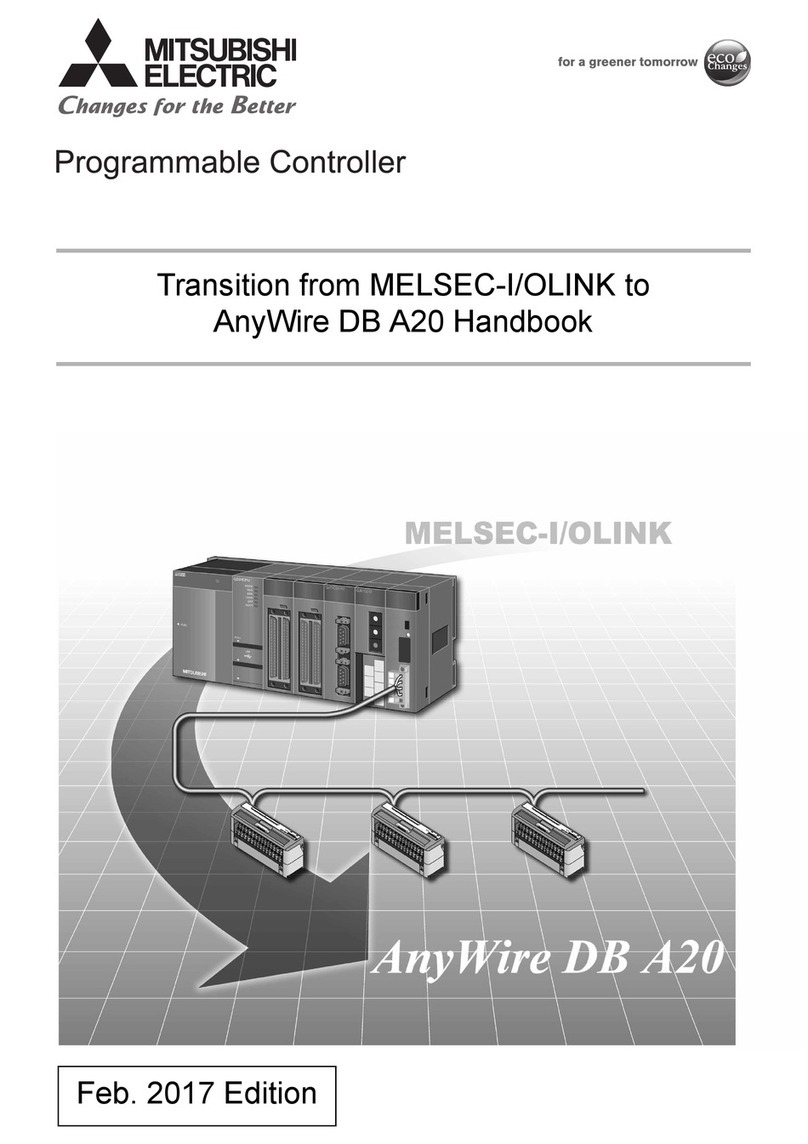
Mitsubishi Electric
Mitsubishi Electric MELSEC-I/OLINK Handbook

BFT
BFT IANUS BT 300 KIT Installation and user manual
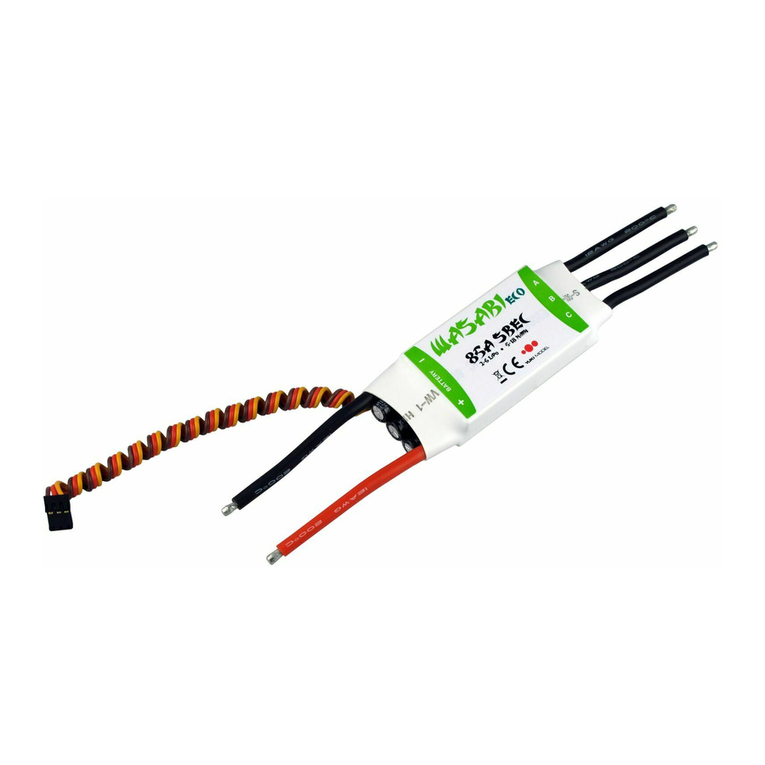
YUKI MODEL
YUKI MODEL WASABI ECO manual
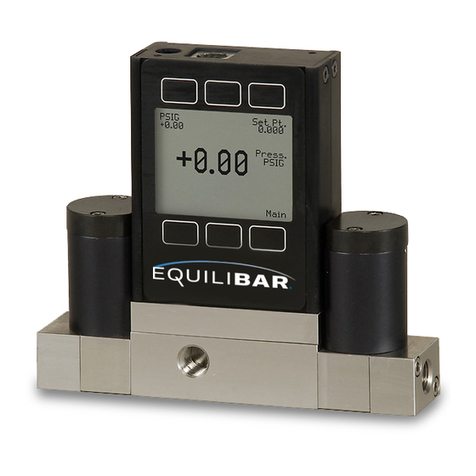
Equilibar
Equilibar EPR Series Installation and operating manual
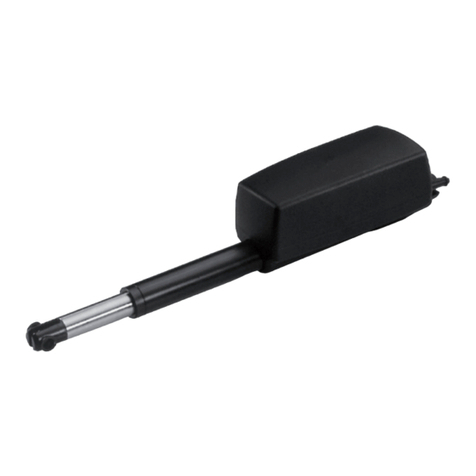
Nexen
Nexen WEB CONTROL 912730 user manual
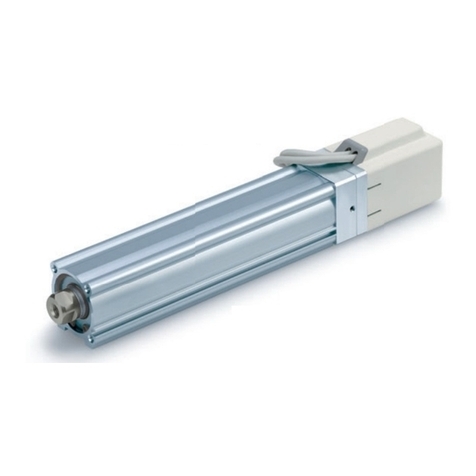
SMC Networks
SMC Networks LEYG Operation manual
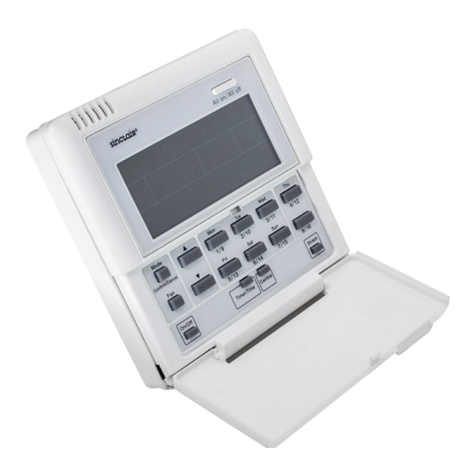
Sinclair
Sinclair SCC-16 User's installation and operation manual
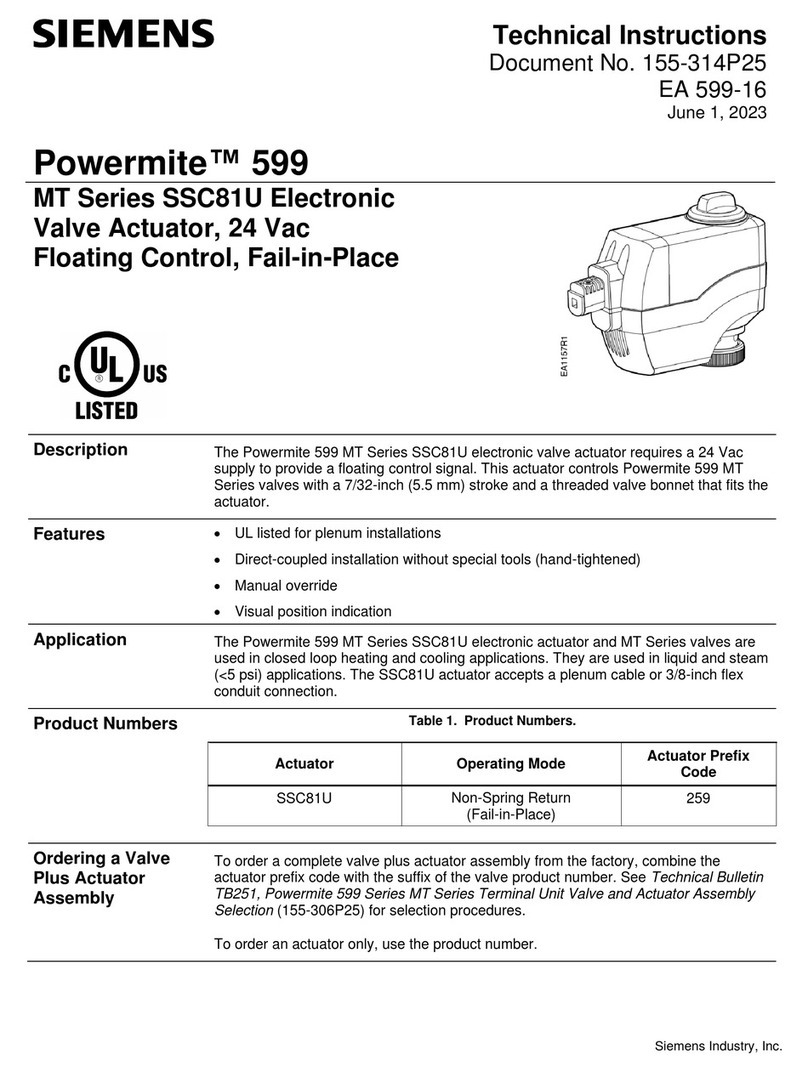
Siemens
Siemens MT Series Technical instructions

UCS
UCS SINTESI 2000 Instructions for use manual

LEGRAND
LEGRAND Wattstopper DLM LMJA-8 Series installation instructions
